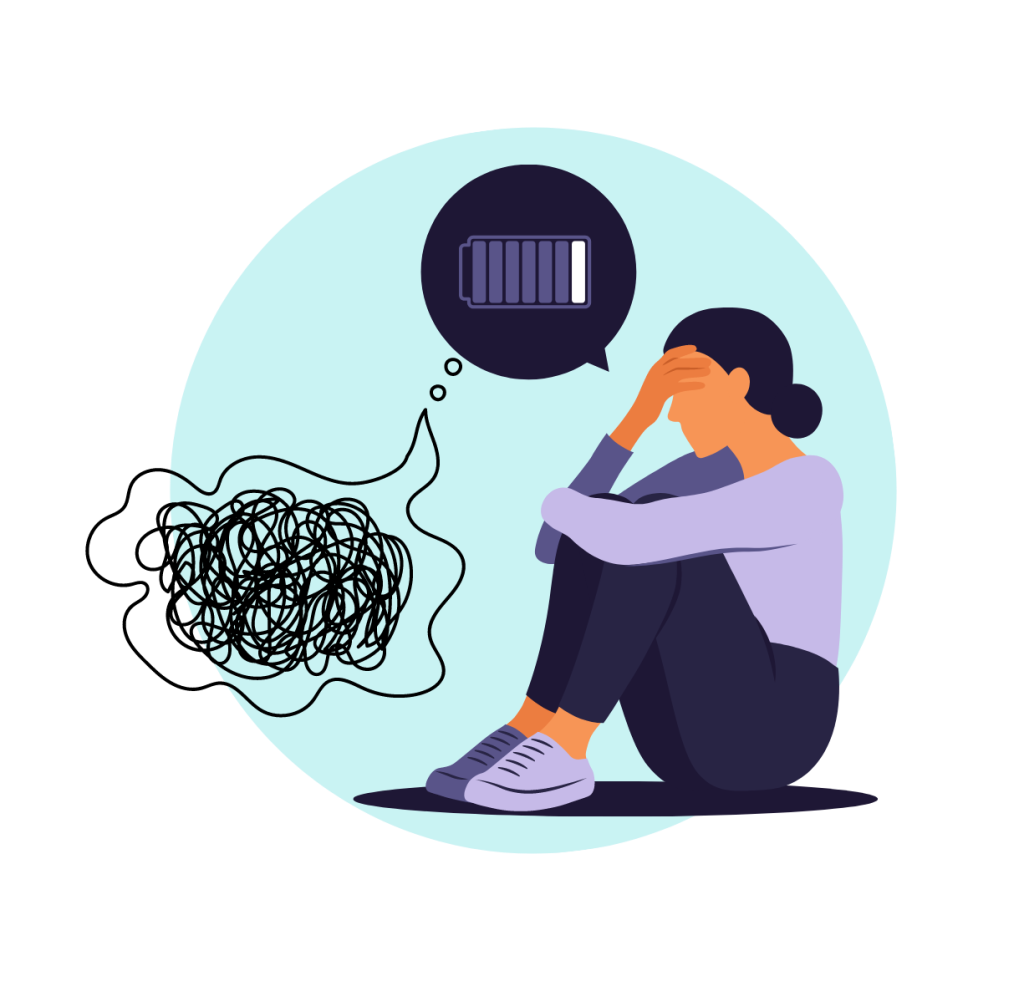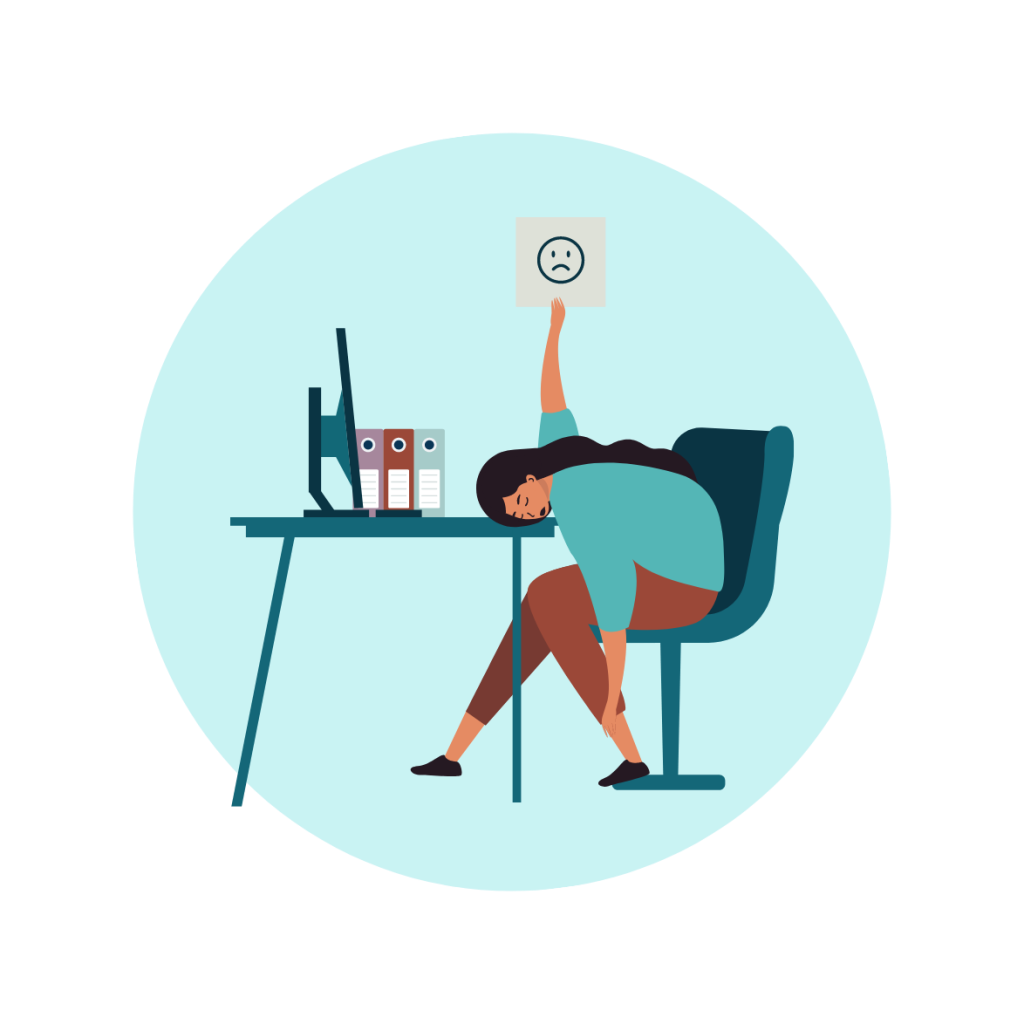No-Code Tools for Managing Mental Health and Burnout in Healthcare Settings
According to a recent National Academy of Medicine poll, over 50% of American healthcare professionals say they have burnout symptoms

Introduction
Burnout and mental health are two of the biggest problems affecting healthcare professionals today. Over 50% of American healthcare professionals say they have burnout symptoms, according to a recent National Academy of Medicine poll, while the World Health Organization believes that up to 30% of healthcare workers experience depression or anxiety. These problems affect not just the health of healthcare professionals but also negatively affect patient treatment and the entire healthcare system.
The adoption of no-code tools is one potential remedy for these problems. No-code platforms are accessible and simple to use for a variety of applications because they enable users to create customised solutions without the requirement for programming knowledge. In this article, we will examine some of the primary advantages and difficulties of adopting no-code technologies to manage mental health and burnout in healthcare environments.
The impact of mental health and burnout on healthcare providers
It is difficult to emphasise the effects of mental health issues and exhaustion on healthcare professionals. In addition to having a detrimental effect on one’s own wellbeing, mental health issues and burnout can also have important ramifications for patient care and the overall healthcare system. A research by the American Medical Association found that healthcare professionals who are very burned out are more likely to have decreased productivity, commit more mistakes, and have greater absence rates (Shanafelt et al., 2015). These issues can have a ripple effect on patient care, leading to longer wait times, lower quality of care, and increased healthcare costs.
Another issue to be concerned about is how common mental illness and burnout are among healthcare professionals. Over 50% of American healthcare professionals claim to be suffering symptoms of burnout, according to a poll by the National Academy of Medicine (Shanafelt et al., 2015). In general care and emergency medicine, burnout is considered to be more common (Shanafelt et al., 2015). Similarly, according to data by the World Health Organization, up to 30% of healthcare professionals feel anxiety or depression (World Health Organization, 2020).
Burnout and its effects on mental health among healthcare professionals affect not only the individual but also the entire healthcare system. According to a Mayo Clinic study, the direct and indirect costs of burnout in the American healthcare system might reach $4.6 billion annually (Shanafelt et al., 2015). Additionally, the COVID-19 epidemic has made these problems worse; according to study by the Kaiser Family Foundation, almost half of American adults feel that the pandemic has worsened their mental health (Kaiser Family Foundation, 2020).
Given the significant impact of mental health and burnout on healthcare providers and the healthcare system, it is important to explore solutions for addressing these issues. One potential solution is the use of no-code tools, which can provide accessible and easy-to-use resources for managing mental health and burnout in healthcare settings.
The role of no-code tools in managing mental health and burnout in healthcare settings
No-code tools offer a promising solution for addressing the issue of mental health and burnout among healthcare providers. No-code platforms allow users to build custom solutions without the need for programming skills, making them accessible and easy to use for a range of applications.
There are many no-code tools that can be used to support the mental health and well-being of healthcare providers. For example, platforms such as Build-a-Care can provide access to remote mental health services for healthcare providers, making it easier for them to seek support when needed. Similarly, no-code configured mindfulness apps can provide on-demand resources for stress management and relaxation. No-code platforms can also be used to create custom burnout assessment tools, allowing organizations to track and monitor the well-being of their staff (Shanafelt et al., 2015).
No-code platforms can also be utilised to build specialised solutions for managing mental health and burnout in healthcare settings in addition to these tools. For instance, a hospital might create a unique resource hub for healthcare professionals using a no-code platform, giving them access to mental health resources and support services (Shanafelt et al., 2015). As an alternative, a primary care clinic may create a unique self-care programme for its personnel using a no-code platform, which would include tools like meditation and yoga sessions (Shanafelt et al., 2015).
Using no-code solutions to manage mental health and burnout in healthcare settings has numerous potential advantages. No-code tools can help to lower barriers to care by providing easily accessible materials and supporting healthcare professionals in taking care of their own mental health (Shanafelt et al., 2015). No-code tools can also assist in addressing the particular issues and problems that an organisation has by creating custom solutions that are catered to those needs (Shanafelt et al., 2015).

Conclusion
Finally, it should be noted that the problem of mental health and burnout among healthcare professionals is a serious one, with detrimental effects on both individual wellbeing and patient care. No-code solutions are a promising approach to resolving these problems, and organizations like Build-a-Care are at the forefront of offering easily available tools for controlling burnout and mental health in healthcare environments. The use of no-code solutions has the potential to enhance both the quality of patient care and the wellbeing of healthcare personnel, even though there are obstacles and things to bear in mind.
It is vital for healthcare organizations to consider the possible advantages of no-code solutions as part of their overall strategy for supporting the well-being of their personnel, given the significance of treating mental health and burnout in healthcare settings. No-code tools can help to lower barriers to care by offering accessible and simple-to-use materials. They can also support healthcare professionals in taking care of their own mental health. Healthcare organizations can contribute to the development of a better, more long-lasting healthcare system by doing this.
References:
Shanafelt, T. D., Hasan, O., Boone, S., Tan, L., West, C. G., Sotile, W., … West, C. P. (2015). Interventional programs aimed at reducing physician burnout: A systematic review. Mayo Clinic Proceedings, 90(9), 1600–1613. https://doi.org/10.1016/j.mayocp.2015.02.005
World Health Organization. (2020). Mental health and psychosocial considerations during the COVID-19 outbreak. Retrieved from https://www.who.int/publications/i/item/mental-health-and-psychosocial-considerations-during-the-covid-19-outbreak
Kaiser Family Foundation. (2020). America’s mental health in the time of COVID-19. Retrieved from https://www.kff.org/report-section/americas-mental-health-in-the-time-of-covid-19-section-2-impact-of-covid-19-on-mental-health/
